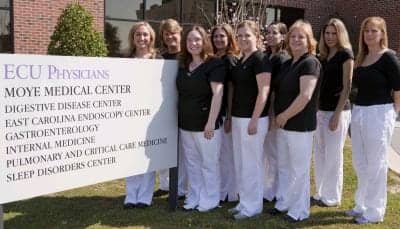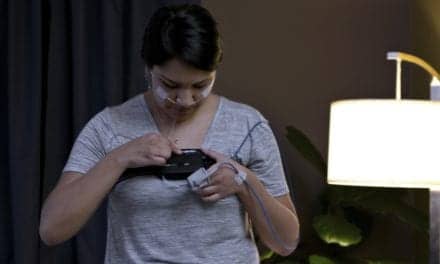NovaSom, Inc. and The American Sleep Apnea Association, have released the results of a commissioned survey that aims to better understand consumer awareness of OSA, its associated risks, and perceptions regarding testing and treatment, the organizations notes.
The survey, which polled more than 500 American consumers between the ages of 30 and 65, revealed a clear lack of awareness about the latest screening and testing technologies available for OSA home testing. Researchers with the study say the results expose one of the likely reasons behind why 85% of the more than 43 million Americans with OSA remain undiagnosed.
Once the survey results were compiled, researchers found that while most consumers are aware of OSA, there is hesitance among the public to treat it, and most are unaware of how easy it is to get a risk assessment for the sleep disorder and test for it at home. Key survey findings include:
- 78% of respondents have heard of OSA and 70% have friends or family with OSA
- 76% of respondents feel that they understand the risks associated with sleep apnea
- 40% of respondents who have suspected themselves or their spouse/partner of having the condition have taken no action to get diagnosed and/or treated
- 88% of the respondents were unaware of either the Epworth or Stop-Bang questionnaires – both free and easy risk assessments for sleep apnea that can be found online
- Nearly 82% of respondents were unaware that they could test for sleep apnea with a home sleep test prescribed by their doctor
- 81% of respondents would prefer to take a home sleep test over spending a night in a sleep lab, with the top reason being the ability to sleep in their own bed
“Too many people die each year from comorbidities associated with sleep apnea, a condition that can be easily treated,” said John Spitznagel, chief executive officer of NovaSom in a released statement. “The results of this survey validate the need to increase consumer awareness of sleep apnea risk factors and the convenient testing options that are available through their doctor, whether ultimately ordered by a family doctor, sleep specialist, or other medical practitioner.”





